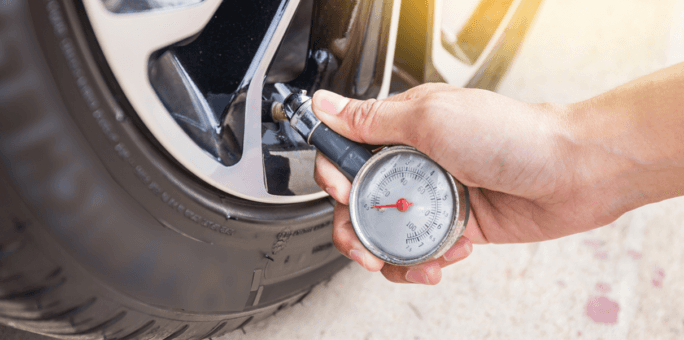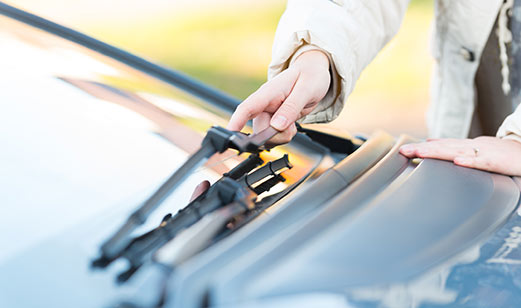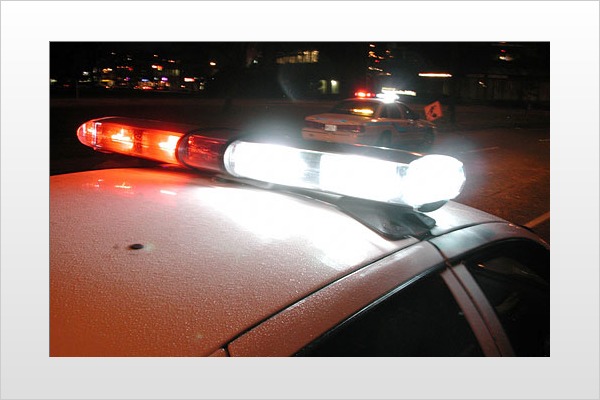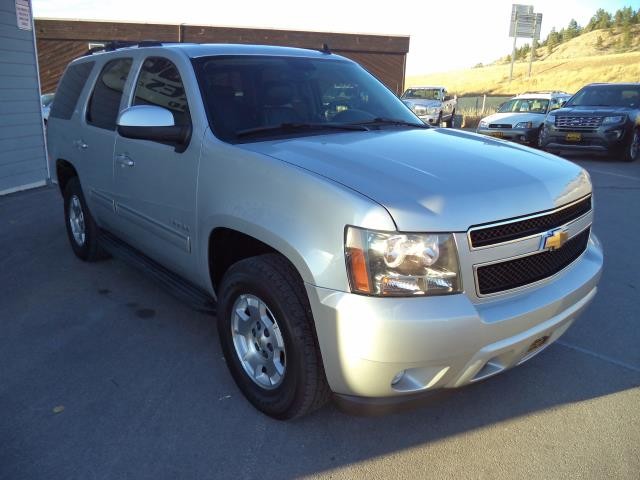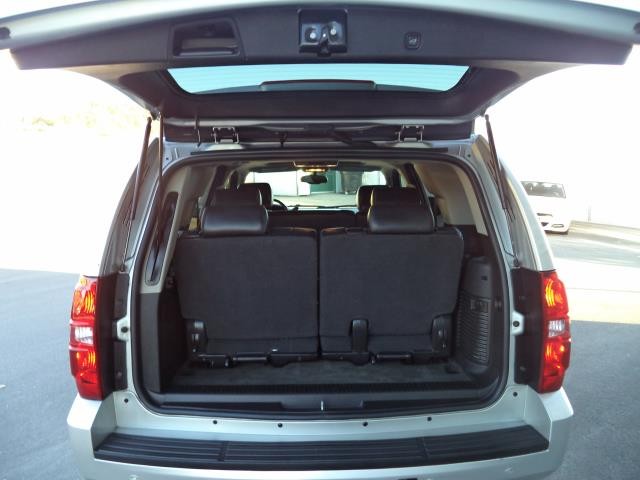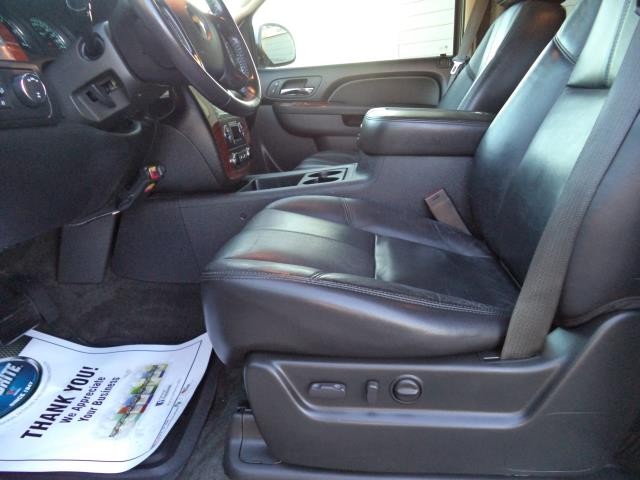
No matter what the climate is like where you live, keeping the temperature comfortable inside your car often means battling foggy windows. If you live in a climate with cold winters, staying warm in your chilly car means turning on the heater — and battling the resultant fog on the inside of your windows. In warm, humid areas, turning on the AC can cause the opposite issue — fog blurring your windows from the outside.
The reason for foggy windows has to do with temperature and the air’s moisture content. On a cold day, any moisture in the air inside your car — from passengers exhaling, from snow on your boots, etc. — turns to condensation when it hits air next to the windows that’s below a certain temperature, called the dew point. The condensation is what makes your car’s windows appear foggy. On a hot, humid day, the opposite happens, when the muggy air outside your car reaches the dew point against your windshield after it’s cooled by your AC system.
Whether the fog is on the inside or the outside of your windows, any time you can’t see clearly in all directions, it’s dangerous. So, it’s important to know how to make sure your windows are clear — no matter the weather.
When It’s Colder Outside Than Inside Your Car…
When you’re dealing with cold weather outside and you turn on the heater inside your car, the fog typically will start to form on the inside of your car windows. Here are some options to clear those windows up:
- For a quick fix: Lower the temperature inside your car rapidly by turning on the defrost vent with cool air or cracking a window; don’t turn on the heat. This will make the inside of your car cooler and help reduce the fog. Also, turn on your car’s rear-window defogger to help clear up the back window. Though this is a fast and effective method, it could leave you shivering.
- For a more comfortable solution: Lifehacker advises those who want to be snug and warm while
 driving to turn on the defroster and blow warm air across the windshield to evaporate the accumulating moisture. If your vehicle’s ventilation system has a recirculate feature, turn it off. When this feature is on, your car’s heat or AC reuses the air inside the car, instead of continually pulling in air from outside. If you’re trying to defog the windows in cold weather, you want your car to continually take in the dry air. (Not sure if your car has recirculation? Look for a button on the dashboard that has an arrow going in a circle or a semi-circle. Sometimes, it will feature an icon of a car with this type of arrow inside it.)
driving to turn on the defroster and blow warm air across the windshield to evaporate the accumulating moisture. If your vehicle’s ventilation system has a recirculate feature, turn it off. When this feature is on, your car’s heat or AC reuses the air inside the car, instead of continually pulling in air from outside. If you’re trying to defog the windows in cold weather, you want your car to continually take in the dry air. (Not sure if your car has recirculation? Look for a button on the dashboard that has an arrow going in a circle or a semi-circle. Sometimes, it will feature an icon of a car with this type of arrow inside it.) - Plan ahead: Keep your car glass as clean as possible — on the inside and the outside. That way, when your glass fogs up, you know the problem isn’t just a dirty windshield. You may also want to think about using a product that you can spray or wipe onto the inside of your windows in order to help prevent fog from forming.
When It’s Warmer Outside than In Your Car…
When the temperature and moisture level outside are greater than inside the car, moisture will condense on the exterior of the car glass. In this situation, the trick is to increase the temperature on the inside of the car to accumulate less moisture on the outside. Keep the following tips in mind:
- For a quick fix: Use your windshield wipers. This will help get rid of the condensation until you’ve balanced out the temperature.
- Warm up your car: Turn down the AC to the lowest (least-cool) setting to increase the temperature without it becoming too uncomfortable. If this doesn’t work, turn the AC off completely.
- Leave recirculation off: As stated above, it’s a good idea to turn off your car’s recirculation feature to battle foggy windows, so the temperature and moisture levels in your car begin to equalize with those outside.
Trying to see through fogged-up windows is a driving hazard, but with these tips, you can help increase your driving safety—no matter what the weather.
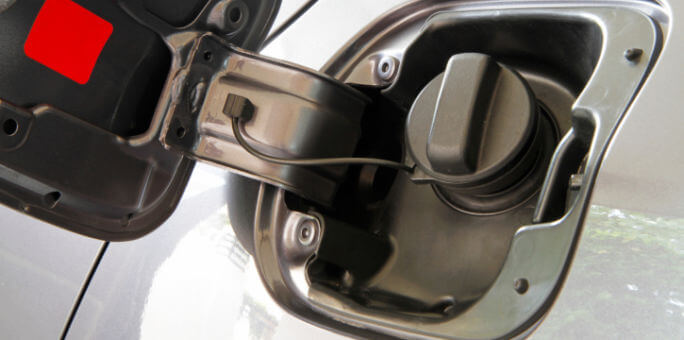
 side holds the fuel filler? Have you ever pulled to the fuel island to discover you’re on the wrong side? Did you utter bad words before or after you said, “Why don’t they put fuel doors on the same side of every car?!?”
side holds the fuel filler? Have you ever pulled to the fuel island to discover you’re on the wrong side? Did you utter bad words before or after you said, “Why don’t they put fuel doors on the same side of every car?!?”